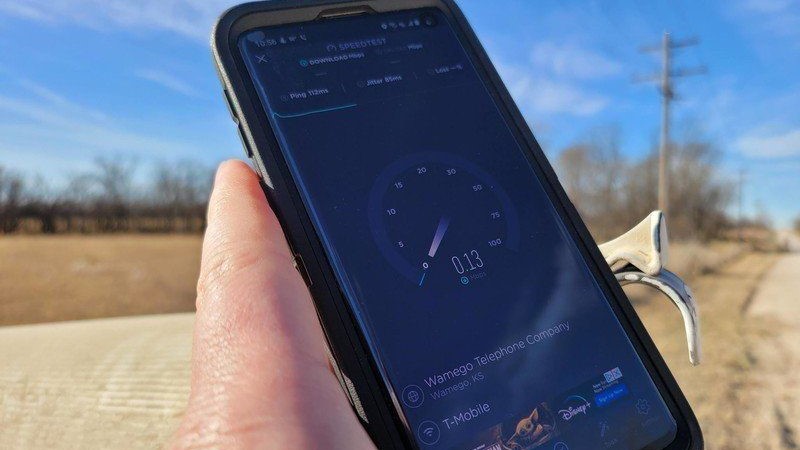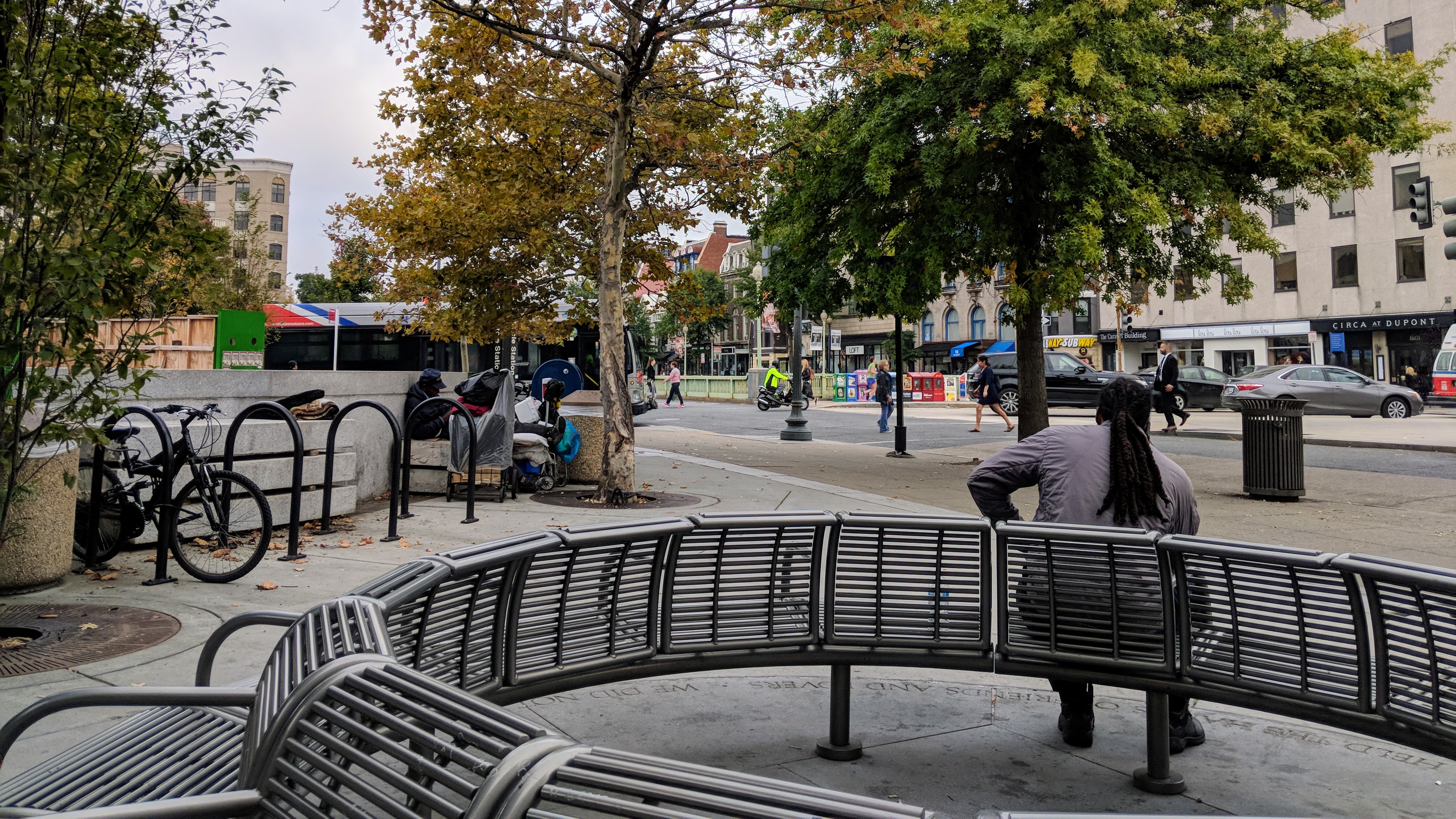This week, broadband “nutrition labels” debuted to help you understand what you’re paying for when you buy a high-speed internet package. You can find them in stores or online from companies like T-Mobile or Comcast, and any cable or wireless provider with more than 100,000 customers is required to publish them.
It got me thinking about the state of high-speed internet in North America—especially since some of the biggest issues remain the same as they were a few years ago.
There are two real problems: unavailability and overcrowding. I’m sure industry experts have some fancy names for them, but ultimately, a lot of people don’t have or can’t access high-speed internet because of these issues.
In rural areas, there simply isn’t enough. It costs a lot of money to bring a service to an area, and if there aren’t enough customers to pay the fee (and then provide huge profits), the service provider is unwilling to make it happen. You have to remember that businesses are there to get rich, not to provide a service.
The other aspect is in places with too many people. Fast, reliable service has a user cap, and when you exceed that cap, quality starts to go downhill. Often it’s just an inconvenience at certain times of the day or on certain days, but internet providers, like airlines, will sell, sell, sell regardless of actual capacity.
Nutrition labels don’t solve this problem. Maybe nothing can fix this. However, we can’t let that stop us from demanding more from the companies that send us huge bills every month.
Chaos remains in rural areas

In rural areas of North America, there are two types of internet service: bad and none. By 2024, when the internet is in its current state, it will be almost impossible to take advantage of the technological age or the latest mobile phones.
Things are getting better, but just barely. Take where I live as an example. My area is a weird one in that the countryside isn’t really rural – I live in the mountains 43 miles from Washington, DC. It’s a cool place to live, but it used to be where the internet died.
Until a few years ago, “high speed” wasn’t a thing. In 2012, the Obama administration launched an initiative to make high-speed internet access feasible along all federal highways. These have slowly disappeared from the highway and now I have 5G wireless and fiber optic internet at the same address where in 2007 I had to pay Comcast to get cable TV connected.
Not everyone, especially those living far from big cities, is so lucky. There are areas without any kind of internet service, but these areas are few and far between. This problem becomes apparent when you’re looking for high-speed coverage.

Companies like Starlink could make things better, but Starlink is expensive and requires a lot of maintenance. It’s not like DirecTV, it just works.
I understand the problem – there just aren’t enough people to justify it. But that’s not what we think high-speed wireless technology will look like in 2024.
Too many people can be just as bad

Everyone has heard the stories about how bad the internet connection was at places like Google I/O or New York Giants football games. When you cram so many people into one place at once, it’s hard to serve everyone.
The thing is, it doesn’t take a big tech conference or a football game for service to suck. All that is needed is one user and more processing power than the total capacity.
I’ll use another anecdotal example here. I have friends who live in Washington and their service is horrendously slow during lunch time during the week and all day Saturday and Sunday. This happens because everyone is checking their phones at lunch, and on the weekends, a million people come to Washington, D.C. to see the attractions.
AT&T provides infrastructure based on who actually lives there. If that number quadruples, things could get ugly. This allows for better use of portable cell towers in crowded situations at ball games or during the Washington Cherry Blossom Festival, so more infrastructure is the solution.
Nutrition labels are a great way to tell us how the service we’re paying for is supposed to work. However, the only way to solve the problem is to spend money on it.
You may not see these issues – I admit they are edge cases. However, they are the same edge cases, affecting the same users for ten years. These issues must be addressed before we move to 6G, otherwise North America will fall further behind in high-speed connectivity.